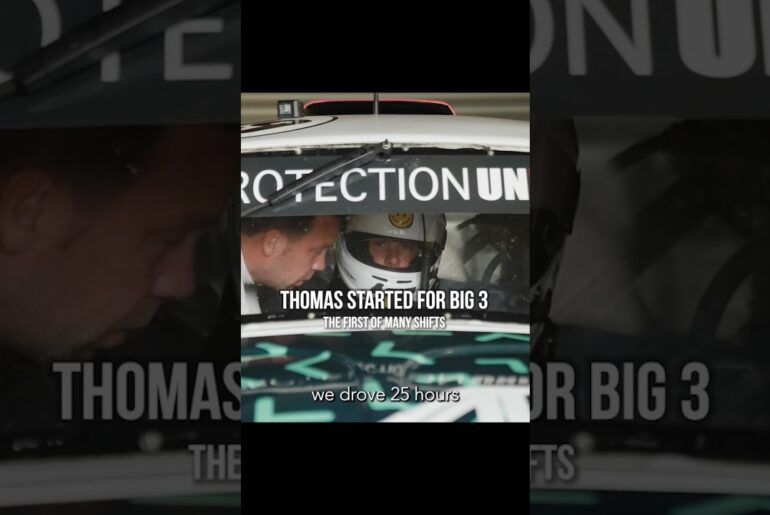Soon after I started playing golf, I defaulted to using a pitching wedge anytime I got around the green. It seemed comfortable, and, rather than risk mishitting a lob wedge, I figured it was my best opportunity to land on the green — even if it did often result in a ball that rolled eight, 10 or 15 feet past the hole.
But after a quick lesson with Parker McLachlin, aka @ShortGameChef, my mindset completely changed.
So if you’re someone who just always grabs pitching wedge, 8-iron or something else near the green, take a look at the video above to see why you could be costing yourself shots — and why the lob wedge can help you hit crispier chips with pro-style backspin.
For more golf instruction and game-improvement tips, FOLLOW my page. If you found this useful, SHARE and COMMENT below.
You can read the full article on GOLF.com, and get more short game tips from McLachlin’s website.








16 Comments
Great lesson
Good stuff. Would love to see a similar video from thick rough……and some downhill chips. I'm working on this aspect and there's a lot of "guesswork" I would love to remove.
I was terrified of my 60-degree wedge until I stopped using it. 😂
Can you stop talking as i want to listen to the music
bump and run with 7 iron?
I have and use 3 wedges above my P wedge. I was scared of my 64* wedge but I went out and practiced with it a few sessions and now I love it.
Awesome technique
What a great lesson. He said use your 60 degree instead and that was basically it.
Very flippy
Good video – a direct and simple lesson you can use. I know that it is standard practice, but why do you put the feet together. What does this accomplish?
My 60 degree wedge run off with my wife, I really miss that wedge…
Cant believe he didn't tell you to slow down. Really jerky
How about a video using 60 degree wedge from fairway, like 50-60 yards out. You wanna see something scary…
Approach Wedge anyone?
With the quality of that turf I would rather haul out my putter.
For an uphill green like that with a decent amount of distance to work with, I'd be using my 56* sand wedge for this kind of shot, almost every time.
For an amateur player, there's usually too much margin for error using a 60*, as a longer swing would be required to get the ball to go further, so it could end up way past the pin or way short of the pin.
With a 56* you'll get a better combination of height, spin, and roll, using a shorter more controlled back-swing, with a commitment to the follow-through.
Even if it's not a perfect strike, odds are better that your miss will still be better.
However, if the pin is in tight to the green or it's a downhill slope at the front, I'd be using my 64* flop wedge almost every time.